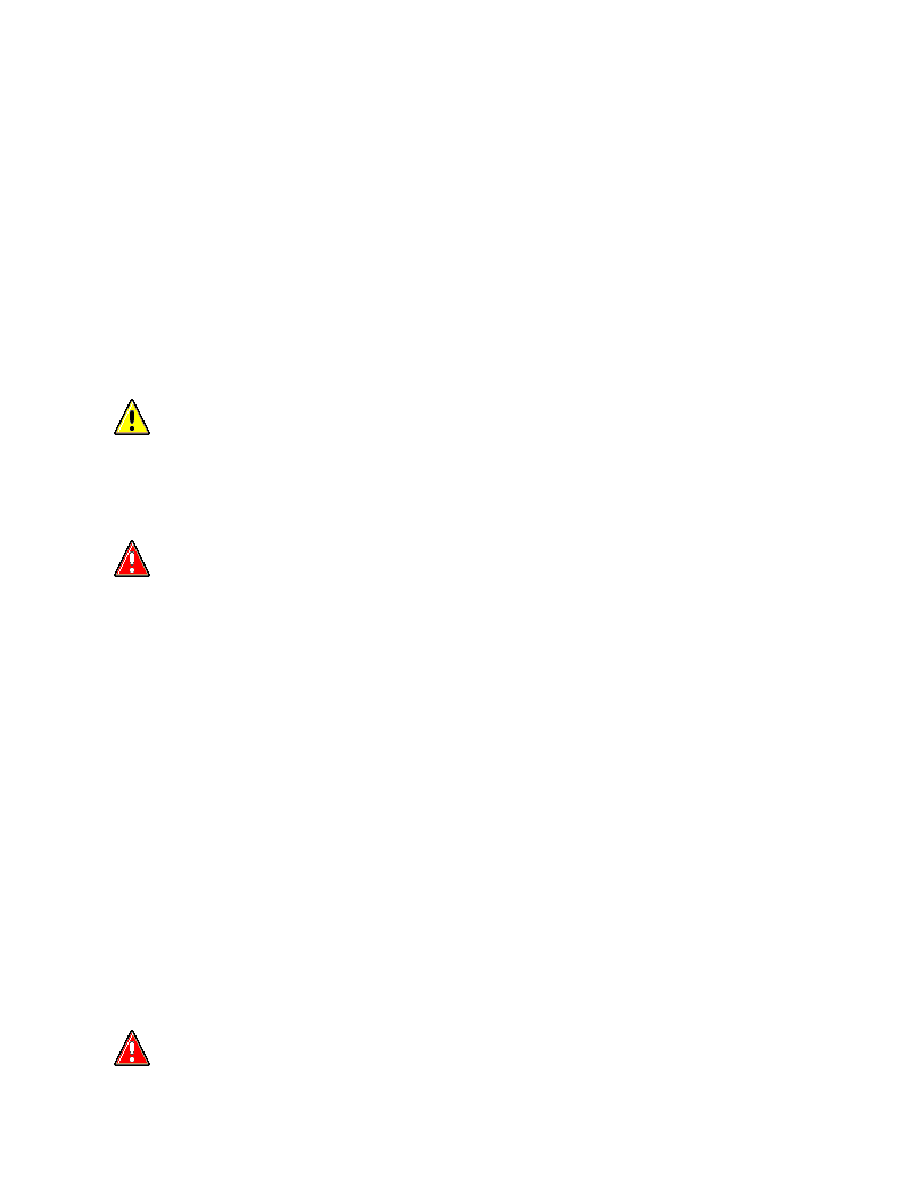LR3/Disco 3

l
Always make sure that the jumper cables are adequate for the task.
l
Always make sure that the slave battery is of the same voltage (12 volts) as the vehicle battery. The batteries
must be connected in parallel.
l
Ensure that the battery terminals of both batteries are fully tightened.
l
Where another vehicle is used to jump start a disabled vehicle, ensure that the two vehicles are not touching.
l
It is advisable that the engine of the donor vehicle is switched off during jump starting; take care to ensure that the
battery of the donor vehicle does not also become discharged.
l
Always make sure that switchable electric circuits are OFF before connecting jump cables. This reduces the risk of
arcing occurring when the final connection is made.
Following jump starting of a disabled vehicle, the discharged battery must be checked for serviceability and recharged as
soon as possible to avoid permanent damage.
Do not rely on the generator to restore a discharged battery. For a generator to recharge a battery, it would take in excess
of eight hours continuous driving with no additional loads placed on the battery.
Trickle charging (defined as voltages <16 volts) may be carried out with the battery connected. Ensure that the battery
terminals are fully tightened prior to trickle charging.
Towing the Vehicle
General Fitting Instructions
Component removal
Whenever possible, clean components and the surrounding area before removal.
l
Blank off openings exposed by component removal.
l
Following disconnection, seal fuel, oil or hydraulic lines immediately using suitable blanking plugs or caps.
l
Seal open ends of exposed oilways using suitable tapered hardwood plugs or conspicuous plastic plugs.
l
Immediately a component is removed, place it in a suitable container; use a separate container for each
component and its associated parts.
l
Clean bench and provide marking materials, labels and containers before disassembling components.
Disassembling
Observe scrupulous cleanliness when disassembling components, particularly when brake, fuel, air suspension or
hydraulic system parts are disassembled. A particle of dirt or cloth fragment could cause a serious malfunction if trapped
in these systems.
l
Blow out all tapped holes, crevices, oilways and fluid passages with dry, compressed air.
CAUTION: Boost charging may only be carried out with the battery disconnected from the vehicle.
WARNING: When towing is necessary, reference must be made to the Jacking, Lifting and Towing
Section of this Manual.
WARNING: Suitable eye protection must be worn.
